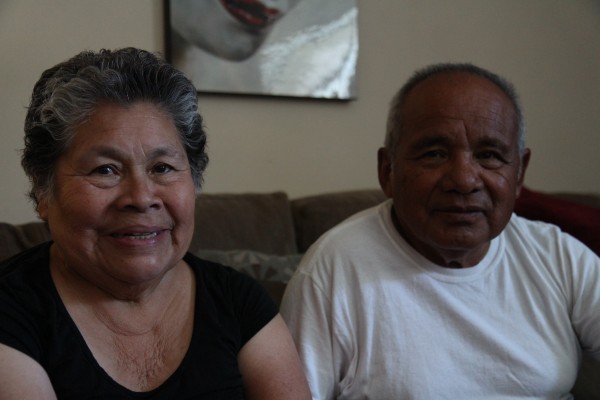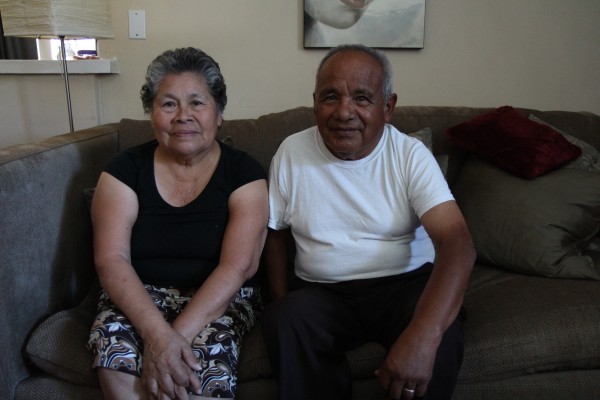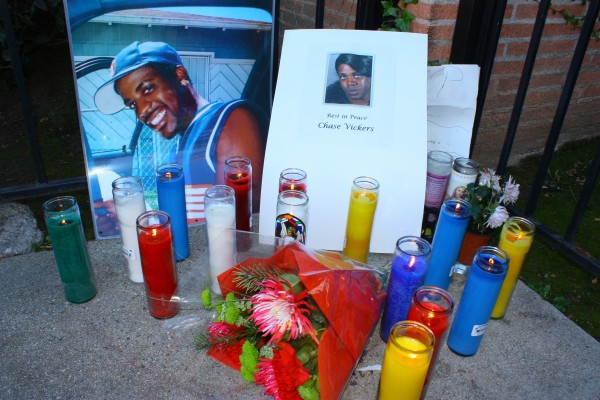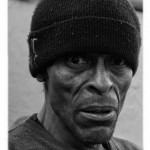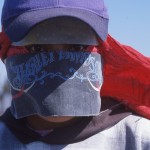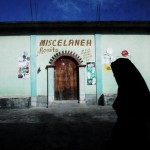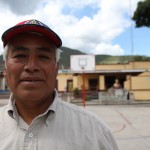Cal Tech’s baseball team won a game on Saturday, after losing 228 in a row.
I love that school’s sports program, man! It’s all about competition, even when they’re not competitive.
As a kid, I remember going to see my father’s college — Claremont McKenna — play Cal Tech in basketball. They would crush them every year, sometimes with the JV team. Didn’t matter. CT kept on putting up teams with players who often really hadn’t ever played their respective sports in high school.
Btw, you should NOT miss Quantum Hoops (2007), a documentary about the Cal Tech basketball team. Really great filmmaking — about a team that had lost a similar number of games.
It talks about the losing, yet proud ways of the team. About the coach who would try to recruit A++ students, kids who could also play, only to find that even they couldn’t quite make the academic grade the school requires.
In the doc, they bring back players who were on the team that last won a game — that moment coming in 1985.
I’m happy that Cal Tech keeps on with sports — seems to be the right focus on sports, if you ask me.
One dismaying aspect of the Quantum Hoops doc is that it quotes Cal Tech grads, an alarming number of whom ended up on Wall Street using their brains to devise complicated financial gimmicks for making a lot of money without really creating anything of value — unlike the rest of that great school.
Unlike, in fact, the Cal Tech sports programs, those Wall Street CT grads seem the embodiment of the “Win at any cost” philosophy that characterized our late, unlamented Age of Excess from which our country is now suffering junkie withdrawals.
A quick personal note: The coach of the school that lost that 1985 game to Cal Tech — the University of La Verne — was my high school coach at Claremont High School several years before. Won’t mention names. Never got along with the guy and he never did know how to pronounce my last name.
Now for something a lot less inspiring than great students at a great school….here’s one about the Mexican Mafia. Keep scrolling down…. 🙂

